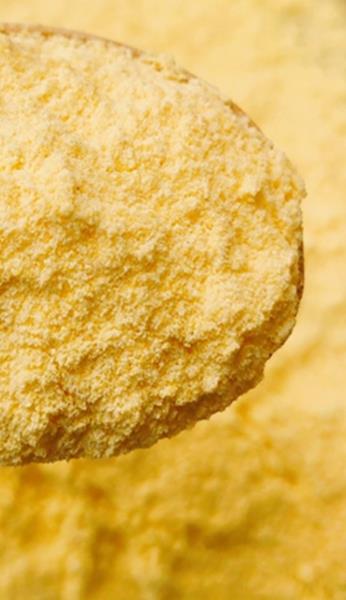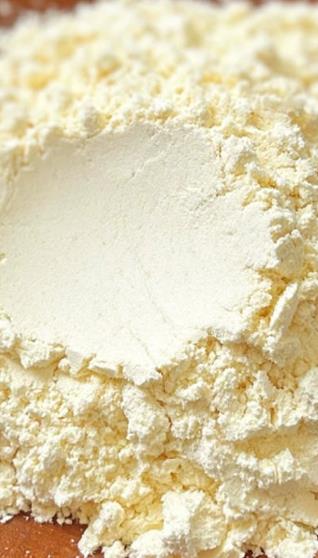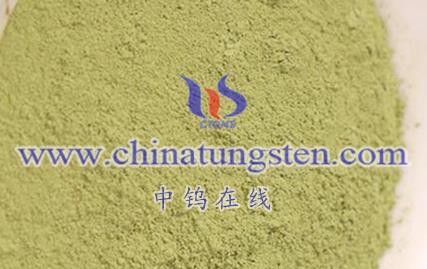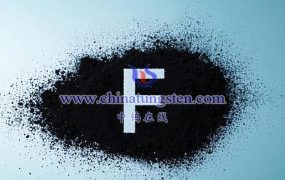
The spatial structure of tungsten oxide (WO₃) can be categorized into three main aspects: crystal structure, surface structure, and nanostructure. Each plays a critical role in determining its physical, chemical, and catalytic properties.
- Crystal Structure
- System: Hexagonal crystal system.
- Point Group: 6/mmm.
- Space Group: P6₃/mmc.
- Unit Cell Parameters:
- a=b=3.160 A˚a = b = 3.160 , text{Å}a=b=3.160A˚, c=12.248 A˚c = 12.248 , text{Å}c=12.248A˚.
In this structure, tungsten (W) and oxygen (O) atoms alternate, forming a densely packed configuration. The hexagonal system of WO₃ is characterized by higher density and stability compared to other crystal systems, making it more robust for various applications.
- Surface Structure
The surface structure of tungsten oxide is highly active and includes commonly observed planes such as:
- WO₃(001)
- WO₃(010)
- WO₃(012)
These surfaces often contain abundant defects, such as oxygen vacancies and hydroxyl groups. These surface defects are essential in catalytic reactions, as they enhance the reactivity and provide active sites for interaction with reactants.
- Nanostructure
At the nanoscale, tungsten oxide exhibits specialized morphologies and structures, such as:
- Nanorods
- Nanosheets
- Nanowires
- Nanoparticles
These nanostructures are characterized by:
- High Specific Surface Area: Enhances interaction with reactants.
- Small Size: Reduces diffusion distances, improving efficiency in catalytic and electronic applications.
The nanostructure significantly boosts WO₃’s catalytic performance, allowing for:
- Shorter reaction times.
- Higher catalytic activity.
- Improved stability of the catalyst.
Role in Catalytic Reactions
- The crystal structure affects the material’s physical and chemical properties, such as thermal stability and mechanical strength.
- The surface structure determines the surface properties and catalytic performance directly.
- The nanostructure enhances the overall catalytic efficiency by providing a larger active surface area and promoting better interaction with reactants.
Conclusion
WO₃’s spatial structure is a combination of its crystal lattice, surface topology, and nanoscale morphology. Each aspect contributes uniquely to its applications in catalysis, sensing, and other fields, making tungsten oxide a versatile and efficient material for industrial and scientific purposes.
More details of tungsten oxide product, please visit website: tungsten-oxide.com
Please contact CHINATUNGSTEN for inquiry and order of tungsten oxide:
Email: sales@chinatungsten.com
Tel.: 86 592 5129595








